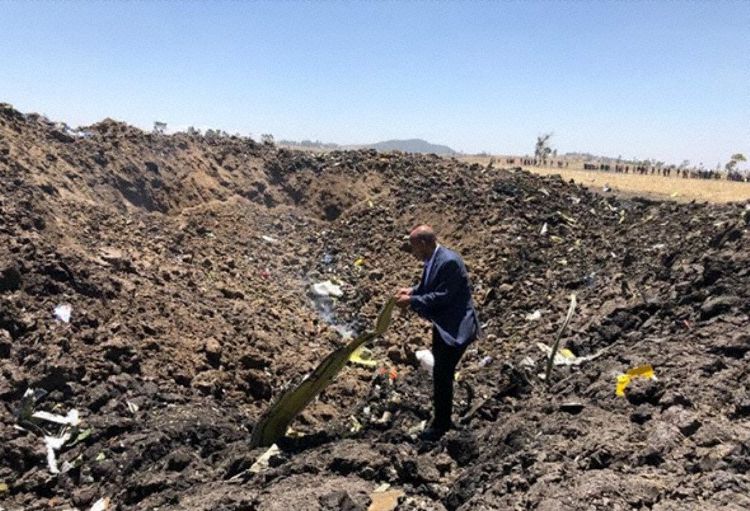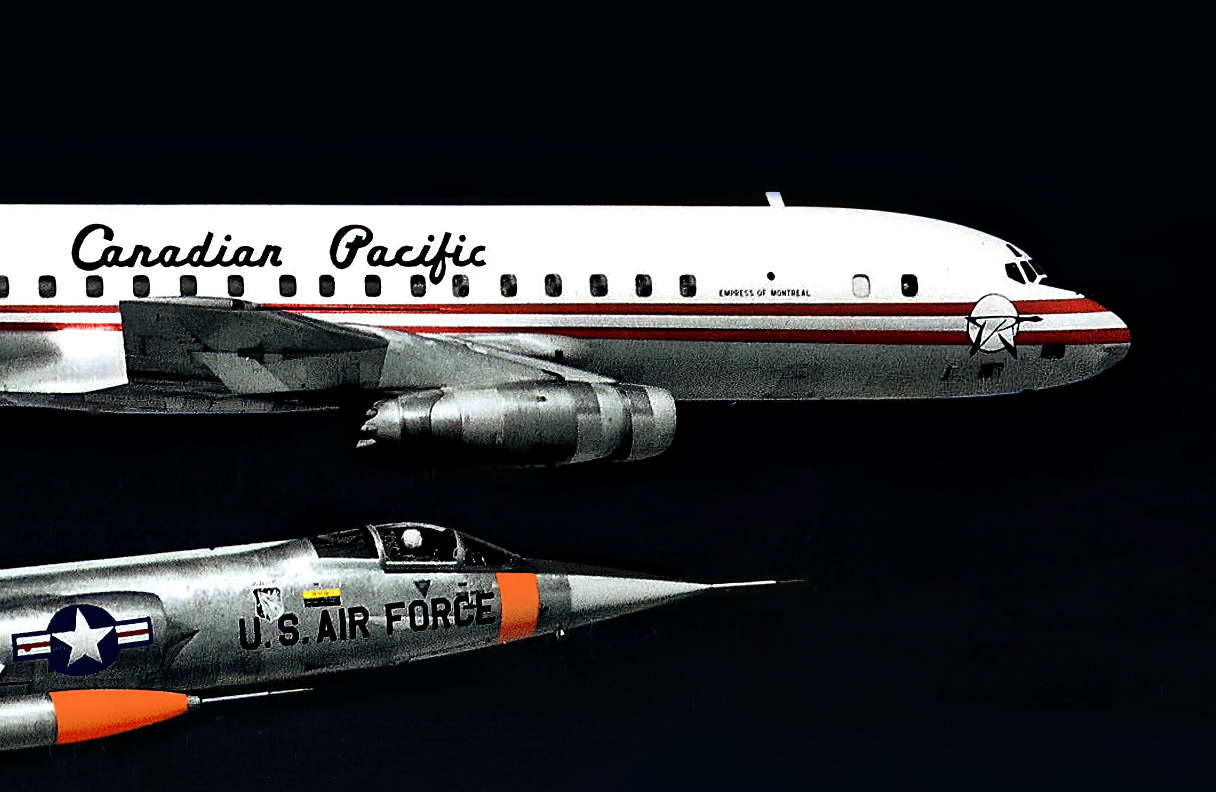Pilot of fatal Ethiopian flight reported "technical difficulties"
10 March, 2019
5 min read
By joining our newsletter, you agree to our Privacy Policy


The pilot of Ethiopian Airlines flight ET 302 reported technical difficulties and asked for clearance to return to Addis Ababa shortly before the plane slammed into the ground, killing all 157 on board.
Some 35 nationalities were on the aircraft headed to Nairobi including United Nations staff members thought to have been headed to the UN Environment Assembly stating March 11.
The passengers included 32 Kenyans, 18 Canadians, nine Ethiopians, eight Italians, eight Chinese, eight Americans, seven Britons, seven French citizens, six Egyptians, five Dutch citizens, four Indians, four Slovakians, three Austrians, three Swedes, three Russians, two Moroccans, two Spaniards, two Poles and two Israelis.
READ: No survivors as Ethiopian 737 crashes with 157 aboard.
Ethiopian Airlines CEO Tewolde GebreMariam told reporters at a press conference that the pilot was given clearance to turn back.
He said the senior Ethiopian Airlines pilot, with more than 8,000 flying hours under his belt, had an “excellent flying record”.
A maintenance check on February 4 had not revealed any problems.
"As I said, it is a brand new airplane with no technical remarks, flown by a senior pilot and there is no cause that we can attribute at this time,” CNN reported GebreMariam as saying.
Ethiopian is understood to have four other Boeing 737 MAX 8’s in service and the airline on Monday morning Ethiopian time announced they would be grounded until further notice as a precautionary measure.
"Although we don’t yet know the cause of the accident, we had to decide to ground the particular fleet as (an) extra safety precaution,'' the airline said in a statement.
Manufacturer Boeing said a technical team would be traveling to the crash site to provide assistance under the direction of Ethiopia Accident Investigation Bureau and the US National Transportation Safety Board.
Boeing also canceled the public rollout of its new Boeing 777X as a result of the crash.
The priority of investigators will be to find the “black boxes”, the cockpit voice recorder and the flight data recorder, that will shed light on what happened to the aircraft.
READ: 2018 safety hit masks overall improvement
The plane took off from runway 27R at Bole Airport at 8:38 am local time and contact was lost six minutes later at 8:44 am.
Weather at the time was fine with a visibility of more than 10kms, with a few clouds at 2500ft, according to the Aviation Safety Network.
The Aviation Herald said the last transponder data received from the plane indicated it was flying at just over 9000ft when contact was lost.
It noted that photographs of the crash site indicated the plane had been in a deep dive.
Flightradar 24 data shows the 737 MAX 8 was climbing normally with constant speed and altitude lines when suddenly all radar and systems contact is lost. However, it points out that its ADSB coverage is limited in the area.
The 737 was delivered four months ago and its first flight was on October 30, 2018.
The fact that it was a Boeing 737 MAX has already prompted speculation about whether there are similarities with the crash last October of a Lion Air plane of the same type shortly after take-off from Jakarta.
Flightradar 24 has pointed to the Ethiopian aircraft's unstable vertical speed after take-off and the Civil Aviation Administration of China has ordered Chinese carriers to ground their 737 MAX 8s.
The CAAC said it made the decision because there was "some degree of similarity" between the two crashes given they involved newly-delivered Boeing 737-8 planes and happened during the take-off phase.
Cayman Airways grounded its two 737 MAX 8s pending further information but other major regulators such as the US Federal Aviation Administration do not appear to be moving on the issue.
That Lion Air crash raised questions about the aircraft maintenance and a preliminary report suggested the pilots did not follow the correct procedures.
It prompted US authorities to issue an emergency directive warning that an erroneous high angle of attack sensor input received by the flight control system could result in repeated nose-down trim commands of the horizontal stabilizer.
The directive told pilots to follow the runaway stabilizer procedure in the Boeing operating procedures manual.
However, there is no evidence that the crashes are linked at this stage.
Ethiopian has been moving in recent years to establish itself as one of Africa’s top airlines.
ASN’s accident database show its most recent fatal accident was in January 2010, when 90 people were killed when a plane crashed in the Mediterranean Sea after taking off from Beirut.
READ: Can a deal be reached to new the search for MH370?
An investigation found probably causes included the flight crew’s mismanagement of the aircraft’s altitude, speed, altitude, headings and attitude through inconsistent flight control inputs resulting in a loss of control.
The flight crew also failed to abide by crew resource management principles.
Two other fatal accidents — one in 2002 and one in 1996 — involved hijackers.
Interference from hijackers in the 1996 incident famously saw a Boeing 767 run out of fuel and 125 people die as the flight crew ditched in the sea off the Comoros Islands.
Ethiopian currently has an IATA Operational Safety Audit (IOSA) certification that is due to expire in May.
In 2018, the all accident rate for airlines on the IOSA registry was more than two times lower than that of non-IOSA airlines.
Get the latest news and updates straight to your inbox
No spam, no hassle, no fuss, just airline news direct to you.
By joining our newsletter, you agree to our Privacy Policy
Find us on social media
Comments
No comments yet, be the first to write one.

